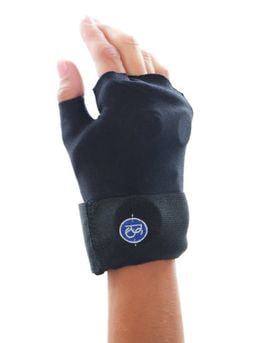For any DMEPOS item to be covered by Medicare, the patient's medical record must contain sufficient information about the patient's medical condition to substantiate the necessity for the type and quantity of items ordered and for the frequency of use or replacement (if applicable).
The Face-to-Face physician visit's clinical note MUST include the following information, as applicable and must be within 90 days. Insurance will not accept a letter from the physician, it must be a clinical note from a visit and insurance will not pay without all the information below on the clinical note:
1). Diagnosis and duration
2). Characteristics of tremor and/or abnormal movement pattern noted
3). Side(s) affected
4). Severity
5). List of functional deficits, nature and extent
6). Prognosis
7). Other therapeutic interventions and results
8). Justification for Custom Fabrication vs prefab- Statement that Custom Fabrication is being ordered must be in the clinical note and if any of the following apply:
The Face-to-Face physician visit's clinical note MUST include the following information, as applicable and must be within 90 days. Insurance will not accept a letter from the physician, it must be a clinical note from a visit and insurance will not pay without all the information below on the clinical note:
1). Diagnosis and duration
2). Characteristics of tremor and/or abnormal movement pattern noted
3). Side(s) affected
4). Severity
5). List of functional deficits, nature and extent
6). Prognosis
7). Other therapeutic interventions and results
8). Justification for Custom Fabrication vs prefab- Statement that Custom Fabrication is being ordered must be in the clinical note and if any of the following apply:
- Need for custom joint support due to at least ONE of the following: tremor causing hand and arm weakness, joint deformity, pain, stiffness, rigidity, tenosynovitis, abnormal tone, and/or joint contracture risk.
- Need for proper anatomical positioning on involved side due to at least ONE of the following: presence of repetitive overexertion/strain due to tremors, history or risk for joint disease including OA, improper grasp utilized, excessive wrist extension while holding and manipulating objects, excessive shoulder elevation and/or adduction by side, and/or requires solid surfaces for support resulting in poor posture.
- Patient responds favorably to manual sensory trick inhibition cue, geste antagoniste placed over involuntary contracting musculature in clinic. Since the custom orthoses components of the Readi-Steadi® system are based on the same proven neurological principle, the referred patient would be a good candidate.


